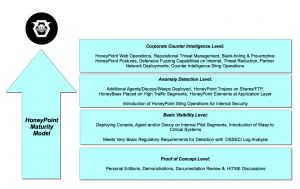As the battle rages, attackers look for every angle they can leverage in order to access your data. Our team has spent countless hours discussing the importance of identifying what ‘valuable data’ means (it is NOT the same for everyone), learning where that data lives, and understanding how it is accessed. Data flow mapping provides a useful tool that helps illustrate how data moves through any given process or system. When approaching this project in the field, we often see how compartmentalized our business processes are as each person, department, and/or unit knows a little about the target system/process. But when we take an in depth look, rarely does anyone understand it thoroughly! While this philosophy presents a challenge to any organization, the payoff can be priceless- especially in the case of a breach!
These maps are not only helpful to a new employee; but can also explain the system/process to an auditor or regulatory authority in a fraction of the time, and more thoroughly than most employees can. Realizing how our data is handled is vital to the next stage in protecting the data as the battlefield continually changes!
We have to focus on wrapping better controls around our valuable data. Don’t be discouraged by the challenge ahead. Instead, embrace the opportunity to help change the way the world thinks about Information Security! Nothing worth doing is ever easy, and applying this strategy to your environment won’t be either. But as we repeat the process over each facet of our organizations we become more efficient. After all, practice makes perfect!
The graphic below is what the finished product looks like. Yours will look entirely different, no doubt! Don’t focus on this map or this process, but on the underlying principle instead. By combining this with a network map, trust map, and surface map, we can create a comprehensive mechanism to provide useful, accurate intelligence that is easily parsed and processed on demand.









